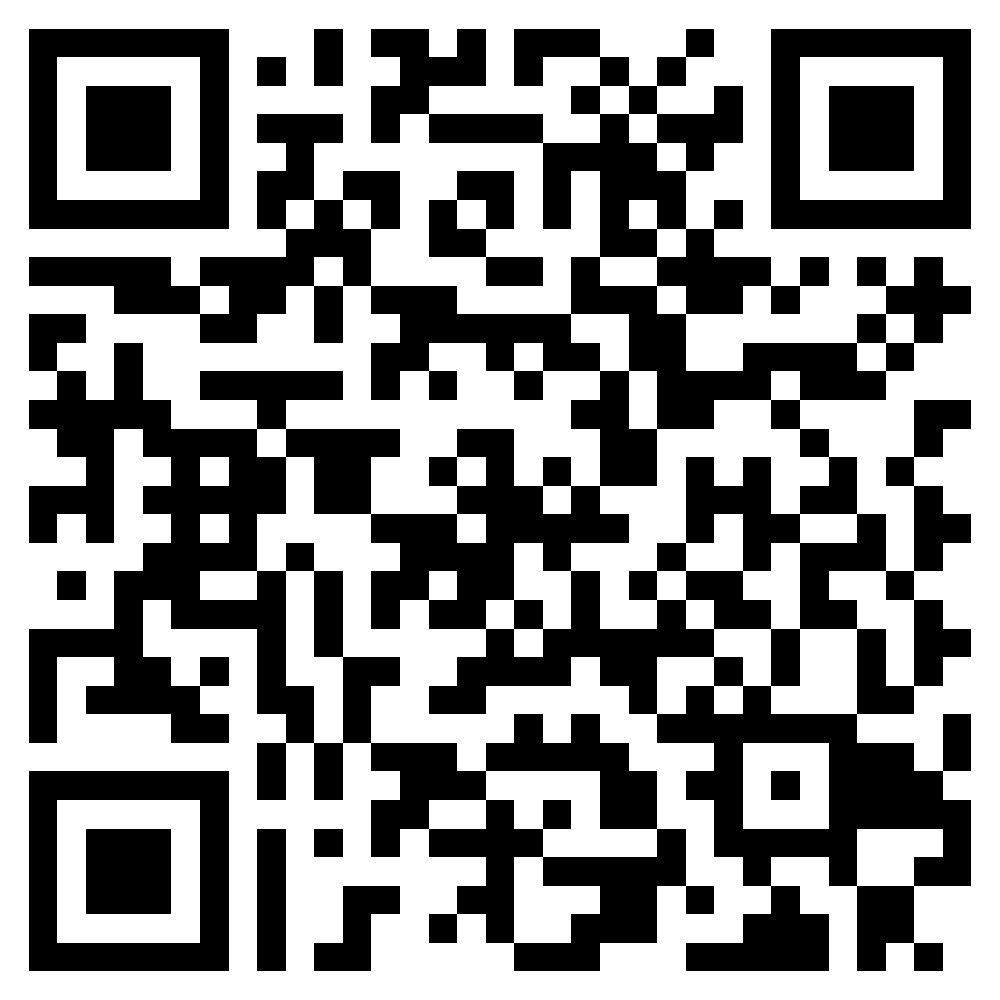ANCIENT EGYPTIAN PAPYRUS AS A HISTORICAL SOURCE FOR STUDYING FOLK MEDICINE
DOI:
https://doi.org/10.55640/eijmrms-02-04-11Keywords:
Folk medicine, ancient Egyptian medicineAbstract
The article describes the history of naming ancient Egyptian papyri, which played an important role in the history of traditional medicine, records of their treatment of various diseases, recommendations and suggestions for the prevention and prognosis of diseases.
References
Yu.F. Marchenko. Medicine in Ancient Egypt // Your Health: Journal. - 1994. - No. 3.
Papyrus Kahuna. Encyclopedia of Ancient Egypt. egyptopedia.info. Contact information: October 19, 2021
Yuri Marchenko. London and Leiden papyrus Ancient Egyptian medical papyri using magic // Tvoe zdorovye: Journal. - Knowledge, 1995. - No. 4.
Herodotus. II. Euterpe // History in nine books / Translation and Notes by G. A. Stratanovsky, edited by S. L. Utchenko. Translation editor N. A. Meshchersky. - L .: Nauka, 1972.
Normatov E. Egamnazarov A. History of Philosophy. Fergana 1994.
Philosophical encyclopedic dictionary. Tashkent. 2003.
Bekmirzaev, R. B. (2021). Factors affecting nation-building relationships in Fergana Valley. Asian Journal of Multidimensional Research, 10(11), 122-125.
Bozarov, D. M., & Karimova, G. Y. (2021). ROLE OF THE SELF-ORGANIZATION MODEL IN COMPLEX SOCIAL SYSTEMS. Oriental Journal of Social Sciences, 1-9.
Ismoilovich, I. M. (2021, July). ISSUES OF TRANSFORMATION OF EDUCATIONAL EXPERIENCE OF DEVELOPED COUNTRIES. In Euro-Asia Conferences (pp. 227-239).

Downloads
Published
How to Cite
Issue
Section
License
Copyright (c) 2022 Azamjon Imomnazarovich Egamnazarov, Kozimjon Isokovich Kosimov

This work is licensed under a Creative Commons Attribution 4.0 International License.
Individual articles are published Open Access under the Creative Commons Licence: CC-BY 4.0.

